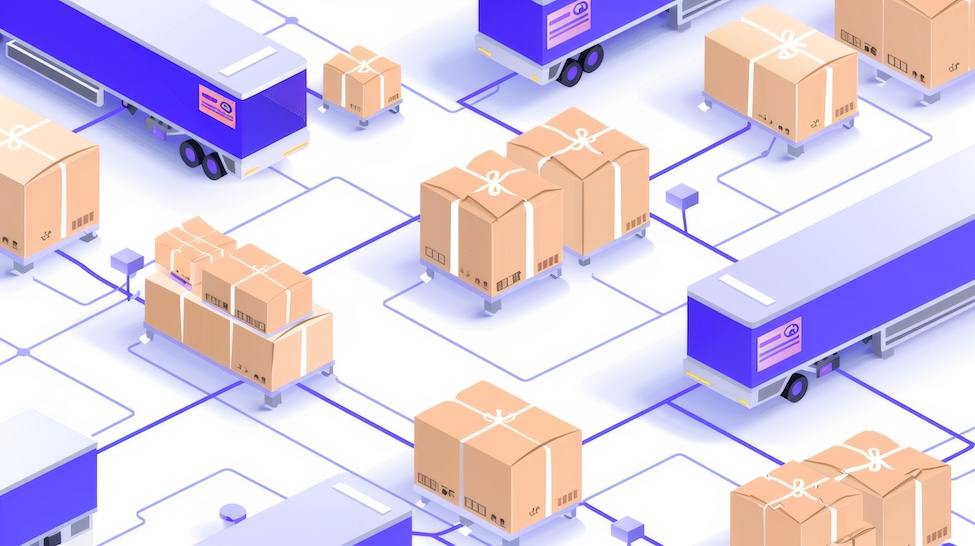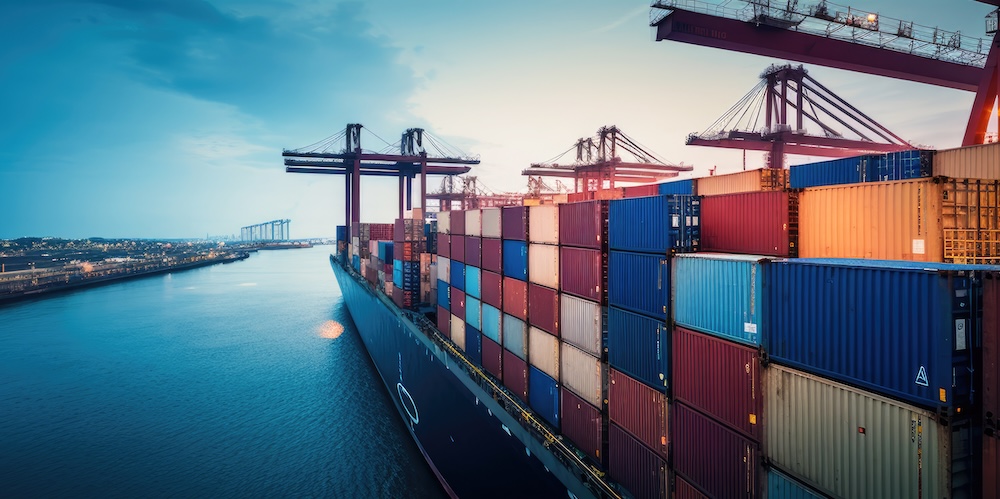Navigating the Storm of Rising Transport Costs

Managing Increases in Transportation Costs
Several months have passed since my last blog posting, however, the costs to transport materials throughout the U.S. is not seeing much change. What is contributing to the increased cost to move your product are complex. To name a few are the increased cost for fuel, the increased cost in fuel surcharges, capacity for both full (FTL) and less than truckload (LTL), driver shortages, warehouse capacity and labor. And the list goes on and on. I guess you could call it a perfect storm of events causing the increase in the landed cost of goods to retailers supporting our U.S. households.
Average Diesel Prices in 2022 Remain High
To touch on a few of these topics, according to the U.S. Energy Information Administration (EIA), the average diesel fuel price is at $5.568. It has been slowly decreasing, however year over year, we are still up approximately $1.93 per gallon, and $2.84 per gallon for the same time two years ago. This all excludes the west coast, which is much higher, with CA tipping the chart at $6.665 per gallon.
The next variable affecting the costs of transportation is the fuel surcharge (FSC). To define, the FSC is a mechanism in the trucking industry that helps balance the fluctuations in the cost of fuel. Incorporating a fuel surcharge into transportation pricing became a widely accepted practice in 2005 after fuel spiked above $4.00/gallon for the first time in U.S. history after Hurricane Katrina. At today’s average price per gallon for diesel fuel, the added cost for the FSC is approximately 44% for LTL or $.89 per mile for FTL. This contributes dramatically to the landed cost.
Transportation Equipment & Trucker Shortages
Next, we have a national shortage of available equipment, whether it be tractor/trailers, straight trucks, sprinter vans, etc. Additionally, the drivers for the equipment are experiencing a shortage. The American Trucking Association estimates the U.S. is 80,000 truckers short, an all-time high for the industry. This is not something we can repair quickly; it will take years to make up for the shortage. Companies are paying higher wages for drivers; however, this is not bringing in new drivers, it is shifting the available drivers across the available pool.
Reduced Warehouse Capacity
The last point I will touch on is warehouse capacity. Warehouses throughout the nation are full of product not moving as it use to move, in, thru, and out. Excess inventory from the port delays we experienced last year is sitting in these warehouses as it is out of season for some, their warehouses are already overfilled and cannot take additional inventory in. The retailers are doing all they can to burn through the excess inventory and manage warehouse operational efficiency, however, they risk additional losses due to the high landed cost and the lower selling price to stop the bleeding.
All that said, and many more challenges everyone is facing, supplies a brief overview on the rise in transportation costs, as well as the complexity in managing the supply chain. All leaders are facing supply chain and logistics challenges they never faced before. Our team at AmerTrans is available to assist you with the supply chain and logistics challenges you either do not know how to fix, or do not have the staff to fix it. We won’t fix the driver shortages, but we can assist you and your team with finding coverage for your critical movement of freight. Our team is dedicated to our customers and will act as an extension to your internal teams to supply the critical updates you need to keep your customers informed. We can sit down with you and your teams, listen to the challenges you are facing, and work directly with you to establish a supply chain to fit your needs and allows you to continue with the execution of the projects you support.
Matt Kline
Chief Executive Officer
Related Articles
General
Inbound Logistics Explained: Processes, Benefits & Best Practices

Efficiency is the cornerstone of business success in today’s competitive environment. Inbound logistics, a critical component of supply chain management, plays a pivotal role in determining a company’s operational effectiveness and overall performance. Inbound logistics encompasses the processes involved in receiving, storing, and distributing raw materials, components, or finished goods from suppliers to production facilities […]
Read MoreGeneral
Freight Shipping vs. Standard Shipping: Understanding the Difference

Freight shipping stands as a cornerstone of modern logistics, propelling the global economy forward through the efficient movement of goods. This essential component of commerce encompasses the transportation of large quantities of products, distinguishing itself from standard shipping methods in scale, complexity, and significance. Understanding freight shipping is essential for business owners aiming to optimize […]
Read More
